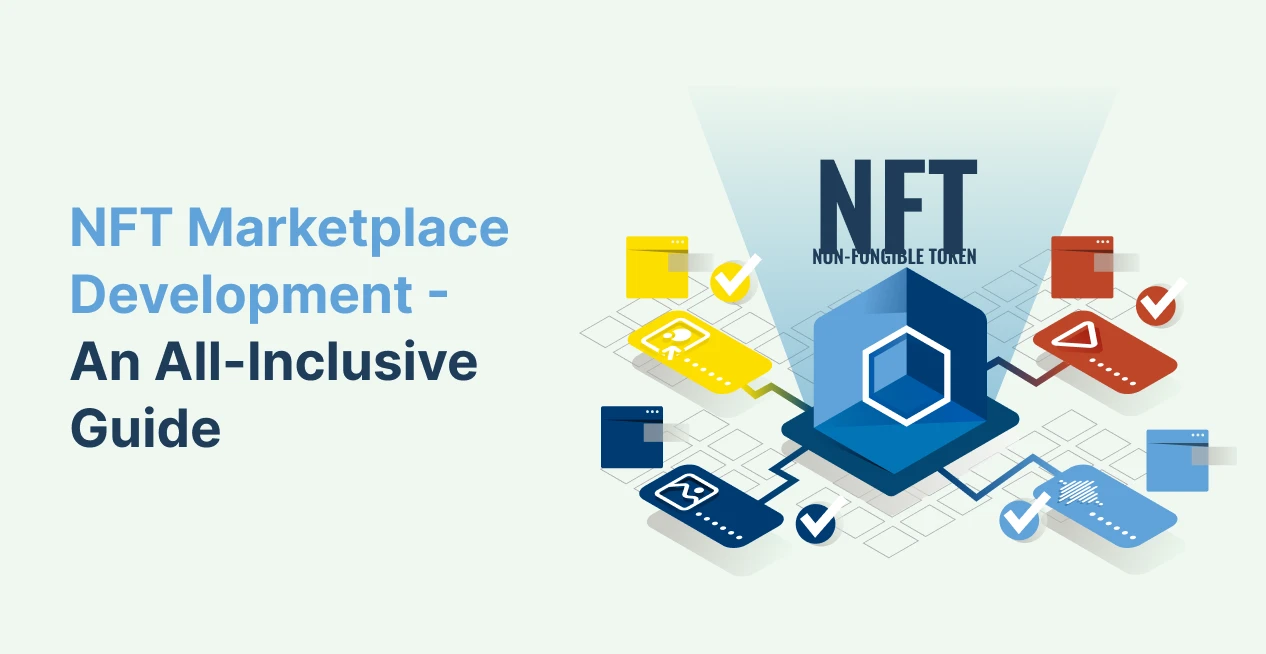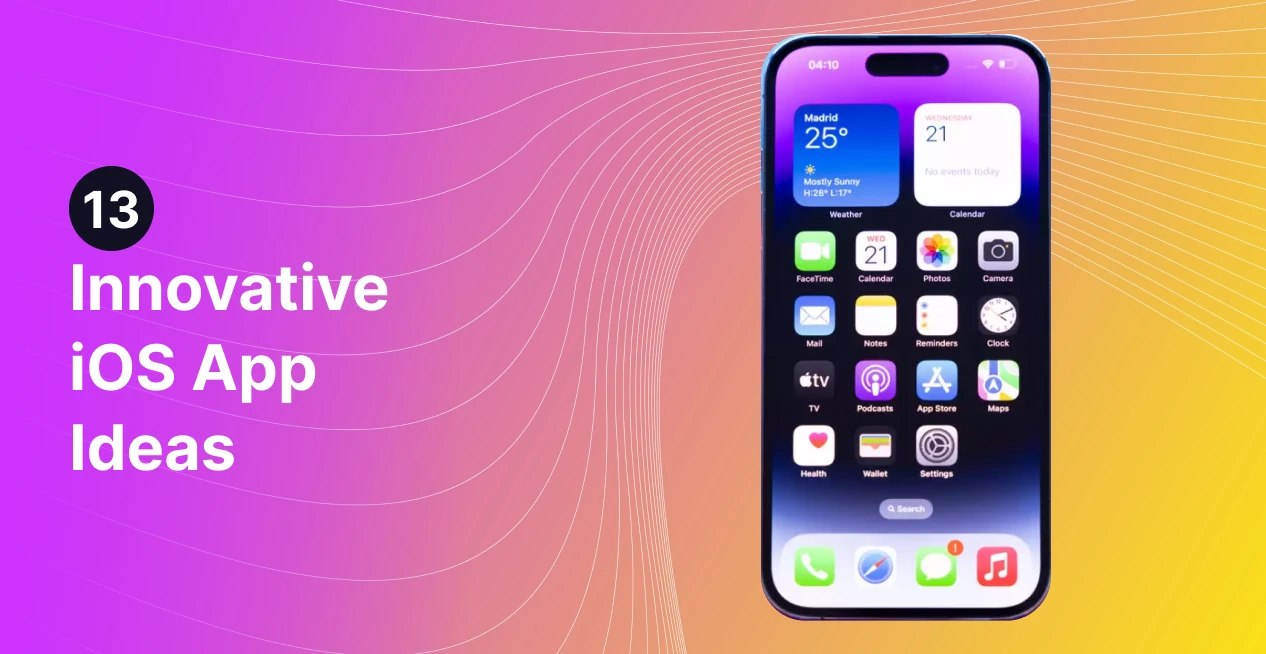Developers will be able to reach a larger audience and produce large-scale applications much faster, thanks to the expanding market prospects and remarkable breakthroughs in software development. It is always good to keep an eye on market dynamics to stay informed and take in pertinent changes. .Net frameworks is one such advanced software platform developed by Microsoft organization which helps you do wonders with your applications. More than 50 programming languages are supported by .Net, some of which were created by Microsoft.
What is .NET Framework?
Numerous technologies are developing rapidly and can provide some of the greatest software applications. Microsoft’s programming framework, the.Net Framework, enables the creation and execution of programs for Windows, Windows servers, XML Web services, and Microsoft Azure. The .Net Framework allows programmers to create appropriate apps for particular projects and provides a good return on investment. Its features like re-usable code and object-oriented programming makes it one of the most popular frameworks.
There are many known apps developed with the .Net Framework. The.Net Framework allows you to create a wide variety of apps such as web apps, mobile applications, gaming, the Internet of Things (IoT), etc. With the help of the .Net Framework, programmers can write code once and produce programs for Windows, Mac OS X, and Linux. .Net is a collection of several coding languages, libraries, and editors.
In current times .Net is mainly linked with web services and peer-to-peer applications. It is feasible to create web services that are responsive and adaptable using the diversity of programming languages and frameworks. Having said that, it is crucial to remember that in order to develop and distribute programs that work on all kinds of devices, you will require a solid grasp of.NET fundamentals. The.NET Framework has several benefits, but language interoperability is the most important one. CLR (Common Language Runtime) makes it easy to call languages like C#, C++, Visual Basic, F#, JS, and many more to develop applications quickly and easily. Today we will be learning about some of its essential elements and architecture.
Advantages of .Net development
Secured – .Net Framework offers improved application security. Two advanced features of Managed Code and CLR include security mechanisms such as application access management and role-based protection.
Object-Oriented – Object is everything that a user sees within the .Net Framework. It is comparable to what is written on the platform. Users, therefore, receive a strong tool that may be used for more than only accessing. They may also manage their applications. They may also respond to repeated situations more simply and efficiently.
Easy to use & maintain – .Net is very easy to use and straightforward. Form delivery, application configuration, deployment, and device authentication are all pleasant. .Net is incredibly simple to manage and compose that is because both the HTML and the source code are present.
Time efficient – .Net eliminates a significant portion of the coding criteria. This ensures that developers save time, and the device’s time-to-market will be considerably reduced.
Monitoring – Even the term “.Net” refers to its automated control. Any problems, such as infinite loops, memory leaks, etc., will be immediately found by this. Additionally, this will immediately stop and start these processes on its own.
.Net Architecture

.Net Framework architecture diagram
To know .Net in detail, we need to understand its architecture. What is the .Net Framework Architecture? .Net architecture is a kind of programming model that offers a managed performance environment, development, and deployment in the simplest way. Some of the key features the .Net framework architecture is based on include:
Common Language Infrastructure
CLI allows the use of different high-level languages on different computer platforms without rewriting the code for any specific architecture.
Key features:
- Common Type System (CTS) defines the programming types and operations supporting it
- Metadata
- Common Language Specification (CLS)
- Virtual Execution System (VES)
Common Language Runtime
Also known as CLR is a .Net framework that manages app running and other system services like memory (garbage collection), security, exception handling, etc.
Key features:
- Garbage collection
- Error handling
Assemblies
Assemblies are a group of several resources that were created to cooperate and form a logical functioning unit. There are three different types of assemblies: Private assemblies, Shared assemblies, and Satellite assemblies. A single file or a collection of files can make up an assembly. When using several files, only one master module houses the manifest; all other assemblies are contained in non-manifest modules.
Key features:
- Deployment
- Reuse
- Activation scoping
- Version control
- Security permissions
Class Library
A class library is a group of functions and methods that may be applied to the main goal. There are a number of common class libraries included with the.NET Framework. The “Assemblies” is another name for them. It is comparable to Java packages and C or C++ header files.
Key features:
- Exceptions handling
- System communications
- Support for creating web services
- Data access
C++/CLI
The C++ programming language has been adapted for Common Language Infrastructure to become C++/CLI. It has been a feature of Visual Studio since version 2005 and offers compatibility with other .Net languages like C#. Microsoft developed C++/CLI to replace Managed Extensions for C++.
Key features:
- Basic properties
- Static properties
- Indexed properties
- Virtual properties
- Abstract and sealed properties
.Net Framework Design Principle
Now let’s dig into some of the design principles of the .Net Framework. The following design principles of the .Net Framework make it very relevant to create .Net-based applications.

Interoperability
A lot of help is offered by the.Net Framework to interface with legacy applications. Imagine you have a program created using, say, version 2.0 of the.Net Framework. And suppose you attempted to execute the same program on a computer with the more recent.Net Framework, let’s say 3.5. The program would continue to function. With every update, Microsoft ensures that older framework versions gel well with the latest version.
Portability
One of the best features of .Net is that an application built on one platform can be accessed on any windows platform. With advancing times, Microsoft is also planning to make its products work on other platforms like iOS and Linux.
Security
Security comes first when we talk about any application. The security feature of the.NET Framework is effective. The security system that is already in place aids in assessing and verifying applications. Every application has the option to specify its security system explicitly. The user is given access to the running application or the code using each security technique.
Memory management
An important feature in .Net architecture, Common Language runtime (CLR), is responsible for all the memory management work. The Framework enables us to see those resources which are not in use and later release them according to the need. The Garbage Collector runs at timely intervals and checks the system resources that are not used and relieves them accordingly.
Simplified deployment
Additionally, the.Net Framework offers tools that may be used to package applications created with it. The client machines can then receive these packages. The program would later be installed automatically by the packages. It asserts that it complies with security criteria and does not interact with already installed applications.
Some alternatives to .Net
With the advancements in technology, every business is adapting some form of brand visibility like websites, web applications, or mobile apps. This gives more weightage to developing customer-centric apps loaded with advanced features, tools, languages, and other factors. The Microsoft .Net Framework is a fantastic choice for customers to choose. Understanding the best alternatives to overcome reliance is also crucial. Hence let’s look at some of the best alternatives to the .Net Framework.
Mono
Mono is a software platform created to make cross-platform apps simple and improve developers’ productivity. It is an open-source, cross-platform platform. Community support of Mono is vital as it was earlier supported by Novell, Xamarin, and now Microsoft and the .Net Foundation.
.Net Micro Framework for Linux
We offer the code for the Linux board with embedded ARM architecture called Eddy. The source codes can be ported to any additional architectures and systems if a cross-toolchain is provided. The .Net Micro Framework for Linux (NETMF Linux) is a porting code example that includes all OS features.
JAVA
JAVA is concurrent, object-based, class-oriented, and specifically created to have fewer implementation dependencies. Java is a general-purpose computer programming language that is already widely used, has a good amount of readily available libraries, and offers top-notch tools.
Python
Given its versatility, Python is one of the most powerful programming languages. It may be used for creating websites, software prototypes, data science, and many other things. Its simple syntax also makes it the perfect language for novices.
Swift
It is always good to check other options, not because one technology is worse than the other. You might need to look at newer options to prevent stagnation and to maintain your code up to date. One popular choice is Swift, designed for iOS or Apple developers. This is a really user-friendly choice that works with Windows, iOS, and Mac. This open-source framework has been around for a while and has a tonne of online support.
Uses of .Net Framework
After going through the fundamentals of.Net, we will now look at some of its applications.
Apps
As clearly stated above, .Net is well suited for application development. Applications that can be utilized quickly and effectively on a computer, laptop, or mobile device are those that are being developed most frequently, using .Net. It helps develop cross-platform compatible applications. Uses of .Net give programmers and developers tremendous capabilities that make it easier to create applications that work with all platforms.
Gaming Applications
Versatility is a key feature that helps develop gaming applications using the framework. Gaming apps are better designed and last longer due to the.net framework’s responsiveness and excellent performance.
Business Applications
.Net development services help create any form of company application for smooth operations, from scalable ERP to CMS systems.
Internet of Things
Developers may create apps tailored to the Internet of Things and linked devices with intelligent features, thanks to the interoperability and excellent performance. Using Visual Studio, you can create, distribute, and debug your code on actual hardware. It is endorsed by the.NET Foundation and is appropriate for various IoT projects.
Conclusion
In conclusion, we can state that .Net is an excellent software framework for creating and running your versatile mobile and web apps. In the upcoming years, it is anticipated that .Net will expand. There are a lot of uses .Net technology provides. Practically, everything a software developer requires is available in a single, small system. Together, Visual Basic, ASP.NET, and the.NET Framework contribute to creating a unified programming environment. More than cons, some advantages make the .NET framework more in demand. Enterprises can easily construct digital products and solutions because of their rapid development, cross-platform capabilities, and simple deployment. OpenXcell offers .NET development services that help develop scalable and robust software solutions.








